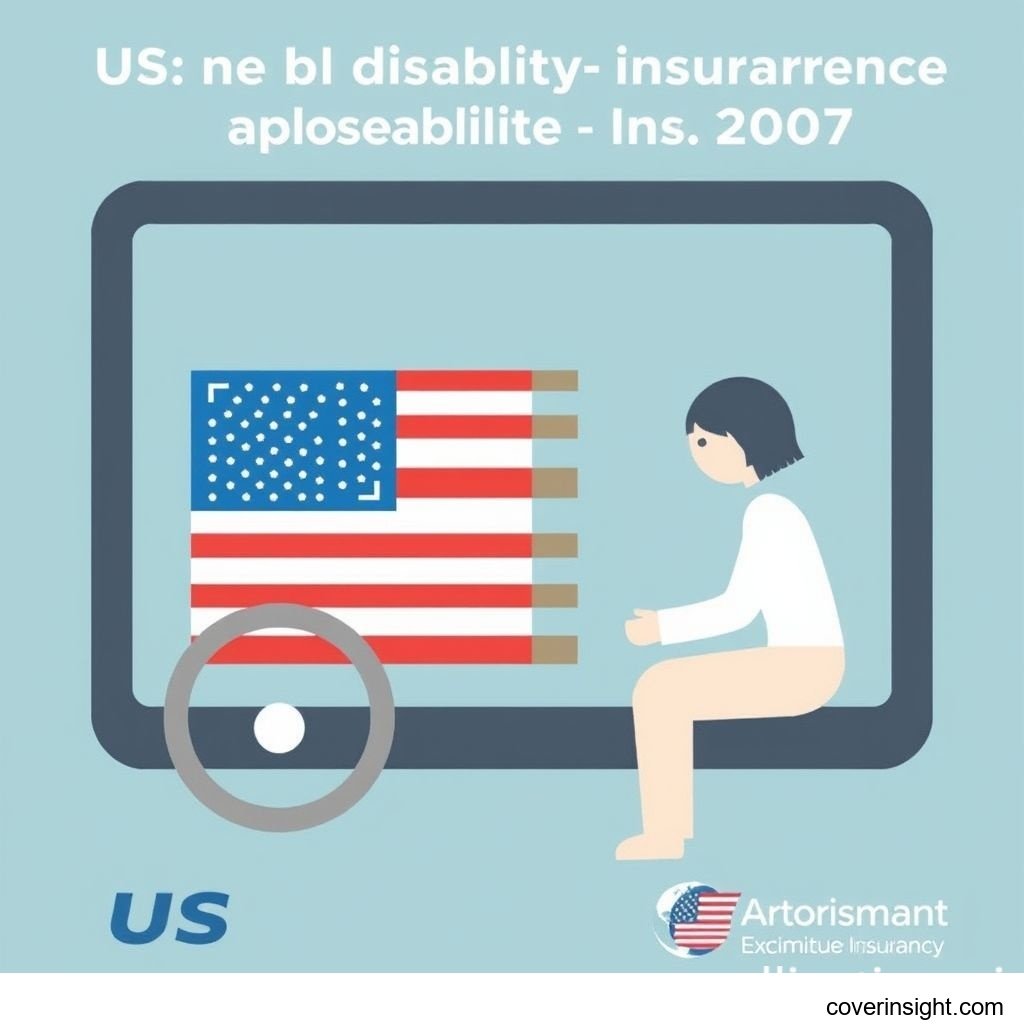Introduction
In the unpredictable journey of life, securing your financial future is paramount. As we look towards 2025, understanding US disability insurance and how to effectively calculate your coverage becomes more critical than ever. Far too many Americans mistakenly believe that long-term disability is something that "happens to other people," or that Social Security Disability Insurance (SSDI) will be enough to cover their living expenses. This couldn't be further from the truth. A disability insurance calculator is an indispensable tool, helping you pinpoint the right level of income protection you'd need if an illness or injury prevents you from working. It’s about building a robust safety net, ensuring that a health setback doesn't derail your entire financial household.
Coverage Details
What’s Included
Disability insurance, whether long-term or short-term, generally aims to replace a portion of your income if you become unable to work due to a covered illness or injury. Policies typically cover a wide range of conditions, from serious accidents and chronic illnesses like multiple sclerosis or Crohn's disease to severe mental health conditions that prevent employment. Most policies define "disability" in one of two ways: "own occupation" (you can't perform the duties of your specific job) or "any occupation" (you can't perform the duties of any job for which you're reasonably qualified by education, training, or experience). "Own occupation" coverage is more comprehensive but often comes with a higher premium. Benefits usually pay out monthly, often after an elimination period (a waiting period, like 30, 60, or 90 days), and continue for a specified period, such as 2, 5 years, or up to retirement age, depending on your policy.
Common Exclusions
While comprehensive, disability insurance policies do have common exclusions. Pre-existing conditions, if not properly disclosed or if they manifest within a certain period after policy inception, are often excluded or have limited coverage. Injuries sustained while committing a felony, those resulting from an act of war, or self-inflicted injuries are universally excluded. Some policies may also exclude disabilities arising from high-risk activities like certain extreme sports (e.g., professional racing, skydiving) unless specific riders are added. It’s also important to remember that disability insurance does not cover job loss due to downsizing or poor performance; its sole purpose is to protect against income loss due to a medical inability to work.
Cost Analysis
Price Factors
The cost of your disability insurance premium can vary widely, much like hitting the jackpot in a lottery depends on countless variables. Several key factors weigh in:
-
Age: Younger applicants generally pay less as they are less likely to claim.
-
Health: Your current health, medical history, and family health history play a significant role. Smokers, for example, typically pay more.
-
Occupation: High-risk professions (e.g., construction workers, police officers) have higher premiums than lower-risk office jobs, given the increased likelihood of injury.
-
Benefit Amount and Period: The more income you want to replace and the longer the benefit period, the higher the cost.
-
Elimination Period: A longer waiting period before benefits kick in (e.g., 180 days instead of 30 days) usually means lower premiums.
-
Riders: Additional features like cost-of-living adjustments (COLA) or future increase options will raise the premium.
Saving Tips
Want to save a few bucks on your policy without compromising essential coverage? Here are some shrewd tips:
-
Choose a Longer Elimination Period: If you have a robust emergency fund (think 3-6 months of living expenses), you can opt for a 90 or 180-day elimination period. This significantly reduces your premium.
-
Opt for "Any Occupation" Policy: While "own occupation" is ideal, if your budget is tight, an "any occupation" definition can be much more affordable.
-
Bundle Policies: Sometimes, insurers offer discounts if you purchase multiple policies (e.g., life insurance and disability insurance) from them.
-
Group vs. Individual: Explore if your employer offers group disability insurance. While typically less comprehensive than individual policies, they are often much cheaper or even free. However, a common piece of advice is to "get off the pot" and secure individual coverage if your employer-provided plan isn't sufficient.
-
Regularly Review: Life changes. Your income, debt, and savings evolve. What you needed a few years ago might not be what you need now. Periodically review your policy to ensure it still fits your circumstances.
FAQs
How much does disability insurance calculator cost?
A disability insurance calculator itself doesn't cost anything to use. These are free online tools provided by insurance companies or financial planning websites. They help you estimate your coverage needs and provide a ballpark figure for potential premiums based on the information you input. The actual cost of the insurance policy is what you'll pay in monthly or annual premiums.
What affects premiums?
As discussed in the "Price Factors" section, your age, health status, occupation, the amount of benefit you choose, the length of the benefit period, the elimination period, and any additional riders all significantly affect your disability insurance premiums.
Is it mandatory?
No, disability insurance is not mandatory in the United States. Unlike auto insurance in most states, there's no legal requirement to carry it. However, given that roughly 1 in 4 of today’s 20-year-olds will become disabled before they retire, according to the Council for Disability Awareness (CDA), it's a critical component of a sound financial plan. While not legally mandated, many financial advisors consider it a "must-have" to protect your income.
How to choose?
Choosing the right policy involves assessing your financial needs (how much income you'd need to cover essential expenses), your budget, and understanding the policy's definitions (e.g., "own occupation" vs. "any occupation"), riders, and exclusions. It’s highly recommended to compare quotes from multiple insurers and consider consulting an independent financial advisor or insurance broker. They can help you navigate the complexities and find a policy that fits your unique situation. You can find more comprehensive details and comparisons through resources like the National Association of Insurance Commissioners or your State Insurance Departments. For broader financial planning, consider exploring general Insurance Resources Global or your specific US Insurance Home.
Consequences of no coverage?
The consequences of no coverage can be devastating. Without disability insurance, if you're unable to work due to illness or injury, your income stream stops. This can lead to rapid depletion of savings, accumulation of debt, inability to pay bills (mortgage, rent, utilities, food), and even bankruptcy. For example, consider Sarah, a marketing professional in Kansas City. She prided herself on her health, but a sudden, severe autoimmune flare-up left her unable to perform her duties for over a year. Without disability insurance, she quickly burned through her modest savings, relied heavily on family, and eventually had to sell her home to cover medical bills and living expenses. Social Security Disability Insurance (SSDI) is often insufficient and difficult to qualify for. Medicaid, while offering health coverage, doesn't replace lost income (though you can find information on related health coverage on Healthcare.gov). In essence, a lack of disability coverage leaves you utterly exposed to one of life's most common financial risks.
Author Insight & Experience
As someone living in the US and having witnessed countless financial planning journeys, it's striking how often disability insurance is overlooked. Many people pour their energy into saving for retirement or their kids' college, which is commendable. But what's the point of those lofty goals if a sudden illness or accident can wipe out your income for years, putting you "behind the eight ball" financially? Based on my experience, the peace of mind that comes with knowing your income is protected, even partially, is worth its weight in gold. It's not about planning for failure; it's about building resilience so that when life inevitably throws a curveball, you're not caught flat-footed. Taking a few minutes to use an online calculator and understand your needs is a small step that can make a monumental difference down the line.








Comments